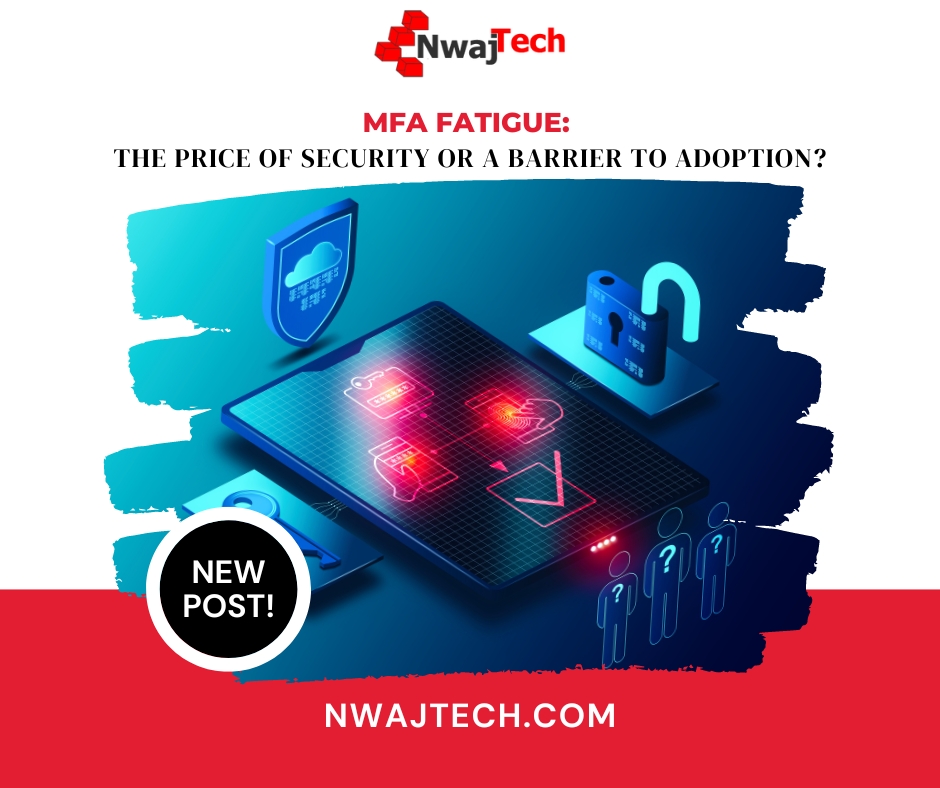MFA Fatigue: The Price of Security or a Barrier to Adoption?
In an age where cyber threats loom large, security has become a paramount concern for individuals and businesses alike. One of the most recommended and widely adopted strategies to improve security is Multi-Factor Authentication (MFA). But as its adoption increases, so does a phenomenon termed “MFA fatigue”. Let’s dive deep into understanding what it is and how we can alleviate its impact.
What is MFA?
Before delving into MFA fatigue, let’s quickly recap what MFA is. Multi-Factor Authentication is a security process wherein users are required to provide two or more verification factors to gain access to a resource, such as an application, online account, or VPN. The idea is simple: Even if a malicious actor gets hold of your password, they would still need the second (or third) authentication factor to breach your account.
Understanding MFA Fatigue
While MFA significantly elevates the security posture of an entity, its repeated and constant prompts can result in what is termed as ‘MFA fatigue’. It’s that feeling of annoyance or exasperation every time you’re prompted for an additional security code or biometric scan.
For those who access multiple systems, platforms, or applications daily, the MFA process can become cumbersome. Think about it: first, you enter your password. Then, you might need to input a code sent to your phone, use a biometric scan, or answer a security question. Multiply this by several platforms, and MFA can start feeling like a significant productivity hindrance.
- User Resistance: When users feel overwhelmed or irritated by constant authentication prompts, they might resist or even bypass security measures, defeating the very purpose of MFA.
- Reduced Productivity: Constantly juggling devices or waiting for codes can interrupt the flow of work, especially when accessing tools and platforms multiple times a day.
- Security Trade-offs: Some users, in an attempt to reduce the number of MFA prompts, might stay logged in longer, use simpler passwords, or adopt other insecure practices.
Alleviating MFA Fatigue
Fortunately, there are strategies and best practices to reduce MFA fatigue while maintaining strong security:
- Adaptive Authentication: This approach involves analyzing user behavior and only requesting MFA when something seems amiss, such as a login from a new location or device. This ensures security without overburdening the user.
- Single Sign-On (SSO): Implementing SSO allows users to authenticate once and gain access to multiple applications, reducing the number of times MFA is triggered.
- Balanced Security Protocols: Not every system or application requires the highest level of security. It’s essential to assess the risk associated with each platform and adjust the frequency and type of MFA accordingly.
- User Education: Helping users understand the importance of MFA in protecting their data can make them more tolerant of its inconveniences. Sharing stories of security breaches that were prevented due to MFA can also help in its broader acceptance.
- User-friendly MFA Solutions: Opting for MFA solutions that are intuitive and easy to use, like biometrics or push notifications, can reduce the perceived hassle.
- Regular Review and Feedback: Periodically collecting feedback from users can help identify pain points. This can be used to refine MFA procedures and make them as seamless as possible.
MFA is undeniably one of the pillars of modern cybersecurity. However, its effectiveness lies in a delicate balance between robust security and user convenience. While MFA fatigue is a genuine concern, with thoughtful implementation and continuous review, it’s possible to secure systems without overwhelming users.
In the evolving digital landscape, the key is to remain adaptive. As threats evolve, so must our defenses, but always with an eye on the human element. After all, the most effective security measures are those that people can, and want to, use consistently.

